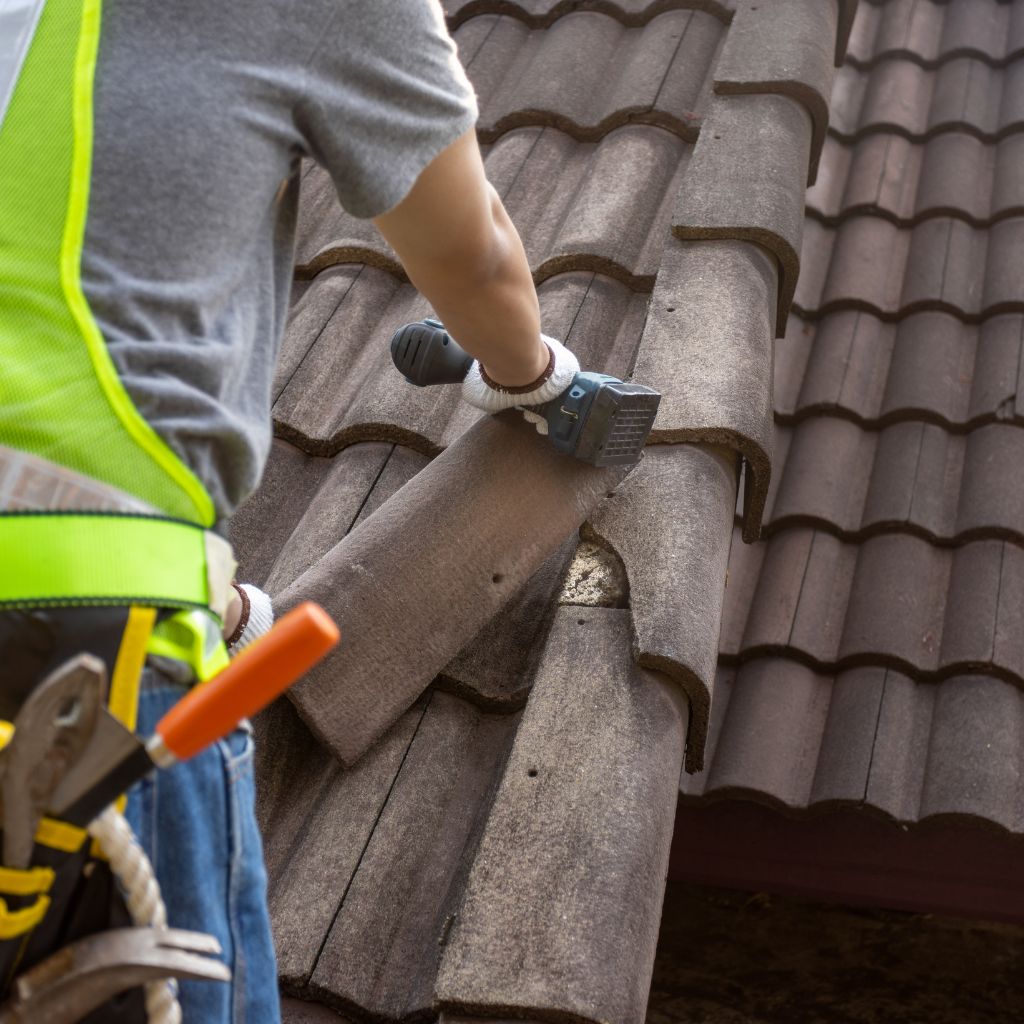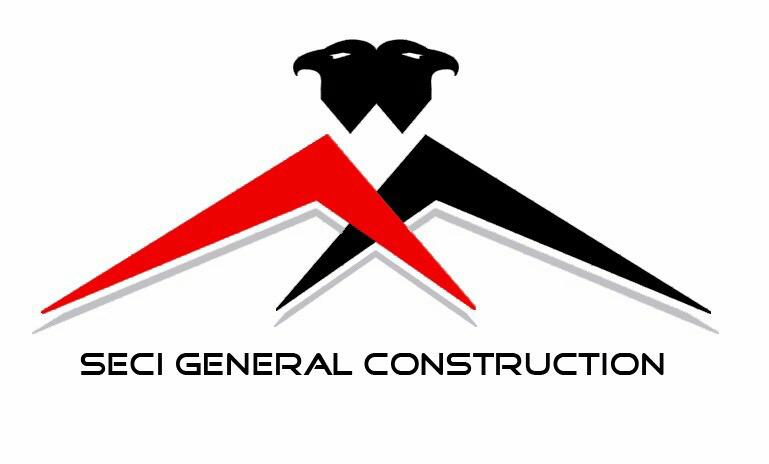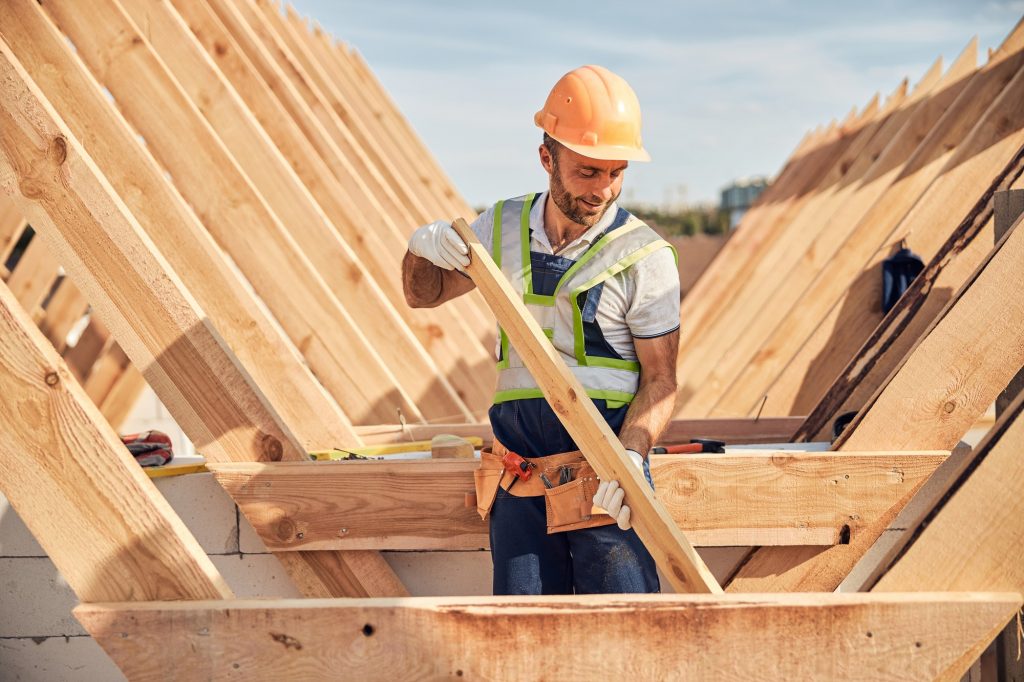The Roof Installation Process: What to Expect
Step-by-Step Guide
Starting a roof installation project may be an exhilarating as well as intimidating endeavor. There are several important phases in the process, and each one plays a major role in how long-lasting and effective your new roof will be. Gaining an understanding of these phases is essential to comprehending the costs and complexity involved.
First Consultation and Inspection: We start the process with a thorough examination of your current roof structure. Here, experts evaluate the state of your roof, identifying any underlying problems that could influence the new installation.
Material Selection: It’s critical to choose the appropriate roofing material. Clay tiles, metal, slate, and asphalt shingles are among the available options. The cost as a whole is affected by the cost, lifespan, and aesthetic appeal of each material.
Removal of Old Roofing: The old roof has to be properly taken off before a new one is installed. In this labor-intensive procedure, old shingles, underlayment, and sometimes even structural components are removed.
Structural Repairs: It is necessary to make any repairs to the roof deck or structural damage. This may be an expensive process, according on the degree of damage.
Installation of New Roofing: This is where the expert installation of the materials you have selected takes place. The cost is affected by the intricacy of installation, which varies depending on the material.
Final Inspection and Cleanup: A comprehensive examination guarantees excellence and adherence to regional construction regulations. Even though it’s often disregarded, cleaning is crucial to preserving the integrity of the new roof.
Maintaining Your Roof: Best Practices
Regular Inspections
If you want to extend the life of your roof, you must get regular roof inspections. Inspections have the ability to find possible problems before they become serious ones, which may save costs.
Seasonal Maintenance Tips
The seasonally appropriate maintenance differs based on where you live. It is essential to reduce snow accumulation in places experiencing high precipitation. It is crucial to inspect for loose or broken shingles in areas vulnerable to storms or high winds.
Key Considerations Before Installing a New Roof
Assessing Your Home’s Needs
Every house has different roofing requirements. Selecting the appropriate roof requires careful consideration of elements such as climate, house design, and energy efficiency needs.
Local Building Codes and Regulations
Respecting the construction norms and laws in the area is a must. These rules prolong the lifespan of your roof and guarantee that its installation complies with safety regulations.
The Most Expensive Part of a New Roof
The materials are sometimes the most costly aspect of building a new roof. Expensive materials, such as metal or slate, may raise the entire cost considerably. However labor may also be a significant cost issue, particularly for intricate installations or maintenance.
How Long Does a Roof Last in NJ?
The longevity of a roof may vary greatly in New Jersey’s varied environment. Your roof’s lifespan is greatly influenced by a number of factors, including environmental factors, installation standards, and material quality. In New Jersey, roof lifespans typically range from 15 to 30 years, depending on the kind of material used.
Defending Your Roof from the Weather in New Jersey
Getting Ready for Rain, Wind, and Snow
The weather in New Jersey may be severe, with substantial snowfall in the winter, high winds all year round, and sporadic periods of intense rain. Maintaining your roof on a regular basis is essential to making sure it survives these circumstances. This include shoveling snow to stop ice dams, fastening loose shingles before storms arrive, and making sure the attic has enough insulation and ventilation to withstand high temperatures.
Selecting New Jersey’s Best Roofing Contractor
Qualifications to Look for
For a roof to survive, choosing a certified roofing contractor is essential. Seek for contractors with a good track record that are insured and licensed. Having certifications from leading producers of roofing materials is advantageous as it shows a greater degree of proficiency and quality control.
Red Flags to Avoid
Contractors that provide much cheaper quotes than others should be avoided as this might be a symptom of inferior products or craftsmanship. Avoid anyone who refuse to give a formal contract or who require big upfront fees.
When to Call in the Experts
It’s essential to hire an expert if you see any indications of roof damage, such as missing shingles, leaks, or loss of granules. Inspections on a regular basis may identify small problems before they become big ones, particularly after severe weather.





